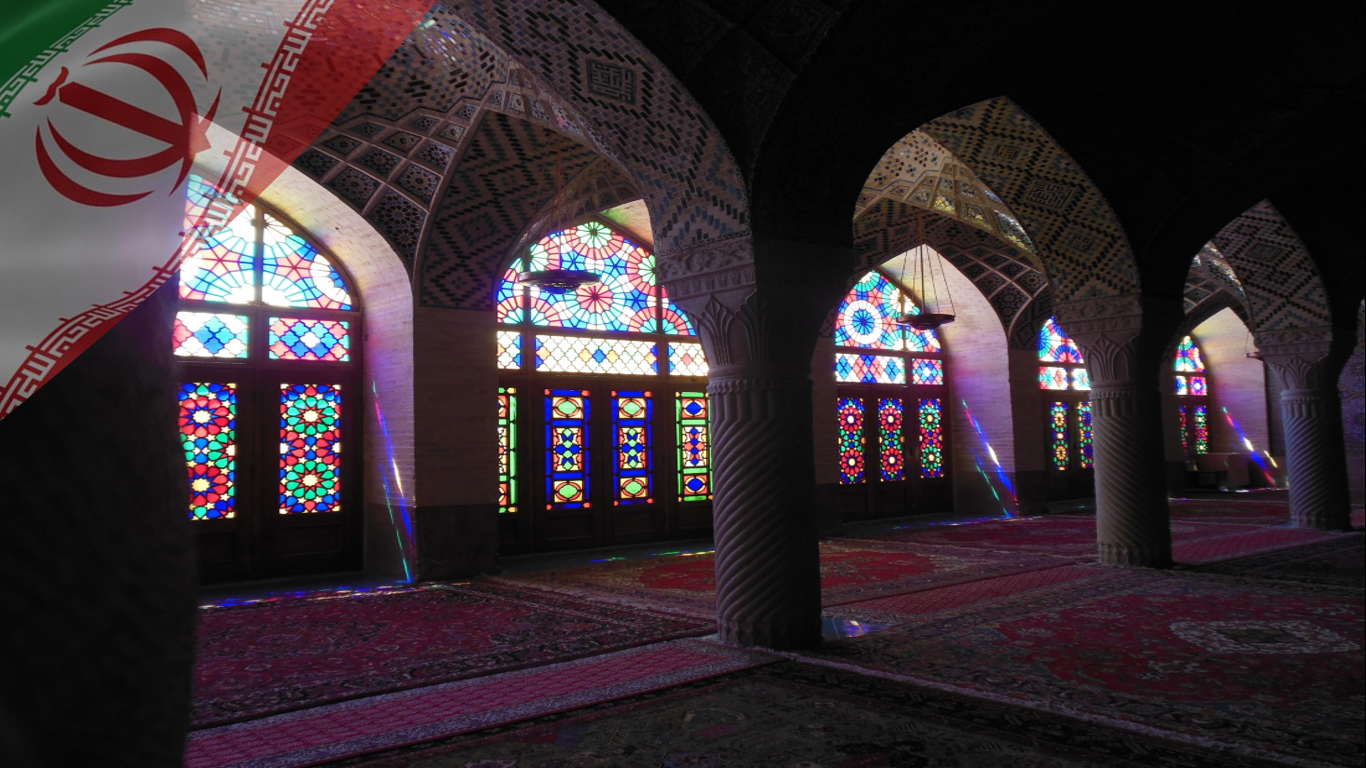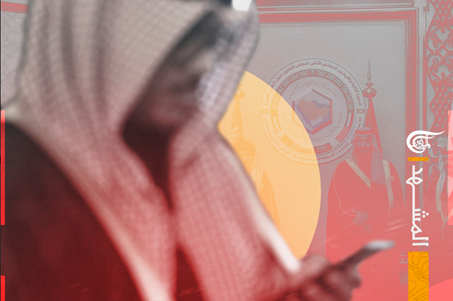https://www.almayadeen.net/news/politics/المشهد-بعد-قمة-الرياض-ما-مستقبل-مجلس-التعاون-الخليجي
Qatība aṣ-Ṣāliḥ Source: al-Mayadeen net 15 December 13:21
Saudi Arabia realizes the transformation the region witnesses in the last few years, especially that the center of gravity in the Gulf is moving away from Riyadh and is being spread out between other capitals, like Doha and Abū Zabī.
Only an hour after launching it the works of the GCC states summit in its 42nd round in the Saudi capital Riyadh has ended.
The closing statement of the summit came after only three brief statements, thus becoming one of its shortest meetings. The statement confirmed the “cooperation of stances between the states of the council safeguarding their interests the cohesion of the GCC, the unity of the stance and the fulfillment of inclusion”.
The scene
The Gulf Cooperation Council was founded on a Kuwaiti initiative in 1981. Since its foundation there has been 41 normal session Gulf summit in addition to the one extraordinary summit in Saudi Arabia in 2009.
The 42nd round was held in Riyadh in a time when the lack of clarity about the role of the United States in the region and there are spilts and differences between the states of the GCC, while the debate about the unity of Council and its future intensifies.
It seems that the need of Saudi Arabia for this summit is bigger than the need of the rest of the states for it, as Kuwait works on settling its internal issues, while the Sultanate of Oman continues to proceed in its own course, despite the unprecedented Saudi economic opening. As for Qatar, seem largely unbothered after its path departed since the Gulf crisis. While the Emirates is building on a new approach to ease the tension.
Between the lines
- The summit in Riyadh was held after 5 other summits held by Saudi Crown Prince Muḥammad ibn Salmān during his Gulf roundtrip. This journey has the intention to set the ground for the Riyadh summit and to secure that the differences within the Gulf are not reflected in its course.
- Saudi Arabia wishes to end the isolation its stated to face in the previous few years and regain the the presence of Muḥammad ibn Salmān on the global political scene with the blessing of the Gulf, full knowing the the transformations the region experiences, explicitly that the center of gravity moved far from Riyadh and got slip between the other capitals, like Doha and Abū Zabī.
- Since the signing of the “al-‘Ulā” agreement in the beginning of this year the Emirati-Qatari relations showed no signs of positive changes. Based on that the Riyadh summit wanted to bring the viewpoints of Doha and Abū Zabī closer to each other, but it could not fulfill breakthrough in this level. Therefore it can be said that this was a summit of mitigation the differences, not solving them.
- Despite the Saudi Crown Prince’s speech on the summit to build “and active and serious approach towards Iran’s nuclear and missiles program” the final statement was void of any expression that would carry a threat being content with demanding Tehran to “necessarily mend its nuclear program”. This expresses the failure to build a joint approach about the Iranian matter, which points to that all states will continue to facilitate its relations and build its own approaches.
- There are talks about a new Saudi path within attempts to reposition and mitigate the losses. The sources propose a Saudi-Emirati cooperation in the next phase in regards to the transformation, which has already been shown in Riyadh within the political realities, though while Abū Zabī is working on easing the atmosphere in the region it is still more willing and capable to move than Saudi Arabia.
What is next?
The Riyadh summit concentrated on showing solidarity without being able to take any major decisions, so it failed to conceal the great disparity between the sides in a number of matters.
The economic aspect will remain the most essential in the GCC context. With the growing economic rivalry within the block the dispute about the future will escalate while the common culture heritage of the region strongly suggests its continuation.
Pic: The works of the GCC states summit in its 42nd round in the Saudi capital Riyadh has ended.
المشهد | بعد قمة الرياض.. ما مستقبل مجلس التعاون الخليجي؟
قتيبة الصالح المصدر: الميادين نت 15 كانون الأول 13:21
تدرك السعودية التحولات التي شهدتها المنطقة في السنوات الماضية، وتحديداً لجهة تحرك مركز الثقل الخليجي بعيداً عن الرياض وتوزعه على عواصم أخرى، كالدوحة وأبو ظبي.
بعد ساعة فقط من انطلاقها، اختُتمت أعمال قمة دول مجلس التعاون الخليجي في دورتها الـ42 في العاصمة السعودية الرياض.
وجاء البيان الختامي للقمة بعد 3 كلمات مقتضبة، لتكون من بين أقصر الاجتماعات. وقد أكد البيان “تنسيق المواقف بين دول المجلس، بما يحافظ على مصالحها، وعلى تماسك مجلس التعاون ووحدة الصف وتحقيق التكامل”.
المشهد
تأسس مجلس التعاون الخليجي بمبادرة كويتية في العام 1981. ومنذ تأسيسه، عُقدت قمة المجلس في دورتها العادية 41 مرة، إضافة إلى قمة استثنائية واحدة في السعودية في العام 2009.
وتُعقد الدورة الـ42 في الرياض في وقت يزداد عدم اليقين بشأن دور الولايات المتحدة في المنطقة، وعلى وقع خلافات وانقسامات بين دول مجلس التعاون، ووسط تصاعد النقاش حول وحدة المجلس ومستقبله.
تبدو حاجة السعودية إلى هذه القمة أكبر من حاجة بقية الدول، إذ تنشغل الكويت بترتيب بيتها الداخلي، فيما تواصل سلطنة عمان التأكيد على نهجها، رغم الانفتاح السعودي الاقتصادي غير المسبوق. أما قطر، فتبدو غير مكترثة إلى حد كبير، بعد أن شقت طريقاً مستقلاً منذ الأزمة الخليجية، بينما تتبنى الإمارات مقاربة جديدة قوامها خفض التصعيد.
بين السطور
جاء انعقاد قمة الرياض بعد 5 قمم أخرى عقدها ولي العهد السعودي محمد بن سلمان خلال جولته الخليجية. وقد جاءت هذه الجولة بغرض تهيئة الأجواء لقمة الرياض، وضمان أن لا تنعكس الخلافات الخليجية على مسارها.
تريد السعودية إنهاء العزلة التي تعرضت لها خلال السنوات السابقة، واستعادة حضور محمد بن سلمان في المشهد السياسي بمباركة خليجية، مدركةً التحولات التي شهدتها المنطقة، وتحديداً تحرك مركز الثقل الخليجي بعيداً عن الرياض وتوزعه على عواصم أخرى، كالدوحة وأبو ظبي.
منذ توقيع اتفاق “العلا” مطلع العام الجاري، لم تشهد علاقات الإمارات وقطر أي دفعة إيجابية. على هذا الأساس، أُريد من قمة الرياض تقريب وجهات النظر بين الدوحة وأبو ظبي، لكنها لم تستطع تحقيق اختراق على هذا المستوى. لذلك، يمكن القول إنها كانت قمة تحجيم الخلافات، وليس حلها.
على الرغم من مخاطبة ولي العهد السعودي للقمة من أجل تبني “نهج فعال وجاد تجاه برنامج إيران النووي والصاروخي”، خلا البيان الختامي من أي عبارات تحمل طابع التهديد، مكتفياً بمطالبة طهران “بضرورة معالجة برنامجها النووي”. يعبّر ذلك عن الفشل في تبني مقاربة مشتركة تجاه الملف الإيراني، ما يشي بأن تستمر كل دولة بنسج علاقتها وتبني مقاربتها الخاصة.
يجري الحديث عن توجه سعودي جديد في إطار محاولات إعادة التموضع وحصر الخسائر. وتتوقع المصادر تنسيقاً إماراتياً سعودياً في المرحلة المقبلة، يتعلق بتحول قد تتبناه الرياض في إطار الواقعية السياسية، على أن تقوم أبو ظبي بتهيئة الأجواء الإقليمية، لكونها الأكثر مرونة وقدرة على الحركة من السعودية.
ما هو المقبل؟
ركّزت قمة الرياض على إظهار التضامن، من دون أن تتمكن من اتخاذ قرارات كبرى، فيما فشلت في إخفاء التباين الكبير بين أطرافها تجاه ملفات عدة.
سيظلّ البعد الاقتصادي هو الأساس في صيغة مجلس التعاون الخليجي. ومع تزايد التنافس الاقتصادي داخل التكتل، يتصاعد النقاش حول مستقبله مع ترجيح استمراره، لما يشكله من إرث ثقافي مشترك للمنطقة


